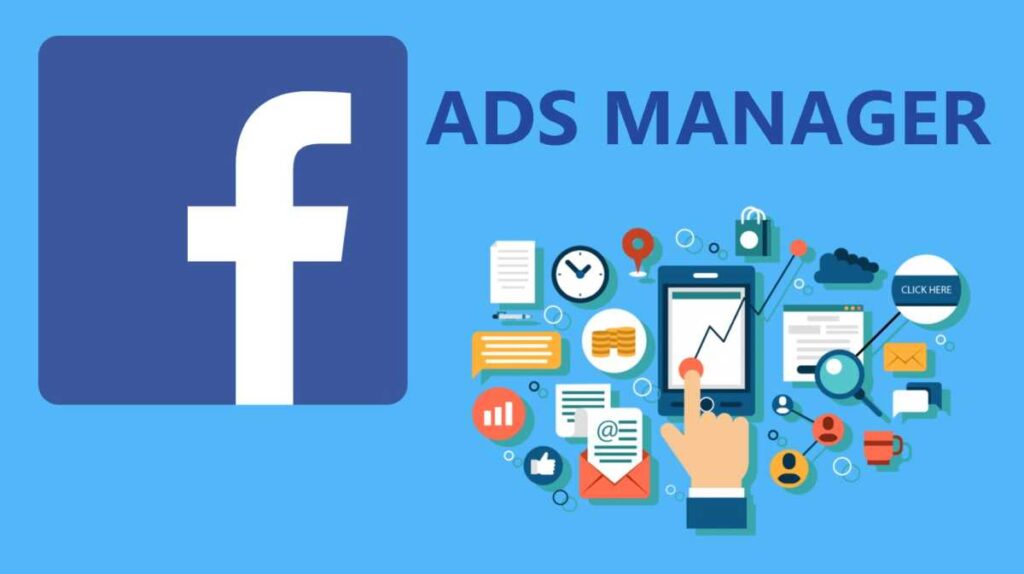How to Manage Facebook Ads Effectively
In today’s digital marketing landscape, Facebook Ads have become a powerful tool for businesses to reach their target audiences, drive engagement, and achieve measurable results. However, managing Facebook Ads effectively requires more than just setting up campaigns; it involves strategic planning, continuous optimization, and a deep understanding of your audience. Let’s explore essential tips and best practices to help you maximize the effectiveness of your Facebook Ads campaigns.

1. Setting Clear Objectives
Before diving into Facebook Ads, define your objectives clearly. Are you looking to increase brand awareness, generate leads, drive website traffic, boost sales, or promote a specific product/service? Each objective will shape your campaign strategy and metrics for success. Setting SMART goals (Specific, Measurable, Achievable, Relevant, Time-bound) ensures clarity and aligns your efforts with your business objectives.
2. Understanding Your Audience
Successful Facebook Ads start with knowing your target audience inside out. Utilize Facebook’s audience insights tools to gather demographic data, interests, behaviors, and preferences of your ideal customers. Create detailed buyer personas to guide your ad targeting and messaging. Segment your audience based on various criteria to deliver personalized content that resonates with different segments of your audience.
3. Crafting Compelling Ad Creatives
Capture attention and drive engagement with visually appealing and compelling ad creatives. Use high-quality images or videos that align with your brand identity and resonate with your target audience. Incorporate clear and concise ad copy that highlights the value proposition and encourages action. Experiment with different ad formats (carousel, slideshow, collection ads) to determine which performs best for your objectives.
4. Implementing Advanced Targeting Options
Take advantage of Facebook’s advanced targeting options to refine your audience targeting further. Use custom audiences to retarget website visitors, email subscribers, or users who have interacted with your app. Lookalike audiences allow you to reach new users who share similar characteristics with your existing customers. Layer targeting options based on demographics, interests, behaviors, and connections to maximize relevance and reach.
5. Setting Budgets and Bidding Strategies
Allocate your budget wisely across campaigns, ad sets, and individual ads based on their performance and objectives. Choose between daily or lifetime budgets depending on your campaign duration and goals. Experiment with bidding strategies such as cost-per-click (CPC), cost-per-thousand impressions (CPM), or cost-per-acquisition (CPA) to optimize for your desired outcomes, whether it’s clicks, impressions, or conversions.
6. Monitoring and Analyzing Performance
Regularly monitor the performance of your Facebook Ads using Facebook Ads Manager and other analytics tools. Track key metrics such as click-through rates (CTR), conversion rates, cost per acquisition (CPA), return on ad spend (ROAS), and overall campaign ROI. Analyze which ads and audience segments are performing well and which ones need optimization. Use A/B testing to experiment with different variables (ad creatives, audiences, placements) and refine your strategies based on data-driven insights.
7. Optimizing Ad Campaigns
Continuous optimization is crucial for maximizing the effectiveness of your Facebook Ads. Adjust targeting parameters, ad creatives, and bidding strategies based on performance data to improve ad relevance and achieve better results. Test different ad elements, such as headlines, calls-to-action, and visuals, to identify winning combinations that resonate with your audience and drive conversions.
8. Utilizing Facebook Pixel
Integrate Facebook Pixel with your website to track user interactions and gather valuable data for optimization and retargeting purposes. Set up conversion events to track specific actions taken by users, such as purchases, sign-ups, or downloads. Use Pixel data to create custom audiences, optimize ad delivery, and measure the effectiveness of your ad campaigns more accurately.
9. Complying with Facebook Advertising Policies
Adhere to Facebook’s advertising policies and guidelines to ensure your ads are approved promptly and reach your intended audience. Familiarize yourself with prohibited content, restricted industries, and community standards to avoid ad disapprovals or account suspensions. Maintain transparency and honesty in your ad content to build trust with users and enhance ad performance.
10. Staying Updated with Latest Features and Trends
Facebook’s ad platform is constantly evolving with new features, tools, and ad formats. Stay informed about updates and industry trends to leverage new opportunities and stay ahead of competitors. Experiment with emerging trends such as video ads, interactive ads, messenger ads, and stories ads to engage users in innovative ways and drive higher engagement and conversions.
Mastering Facebook Ads requires a combination of strategic planning, creative execution, and data-driven optimization. By understanding your audience, crafting compelling ad creatives, leveraging advanced targeting options, and continuously optimizing your campaigns, you can achieve your marketing objectives effectively on the world’s largest social media platform. Stay tuned for more insights and expert tips on enhancing your Facebook Ads strategy for optimal results.


